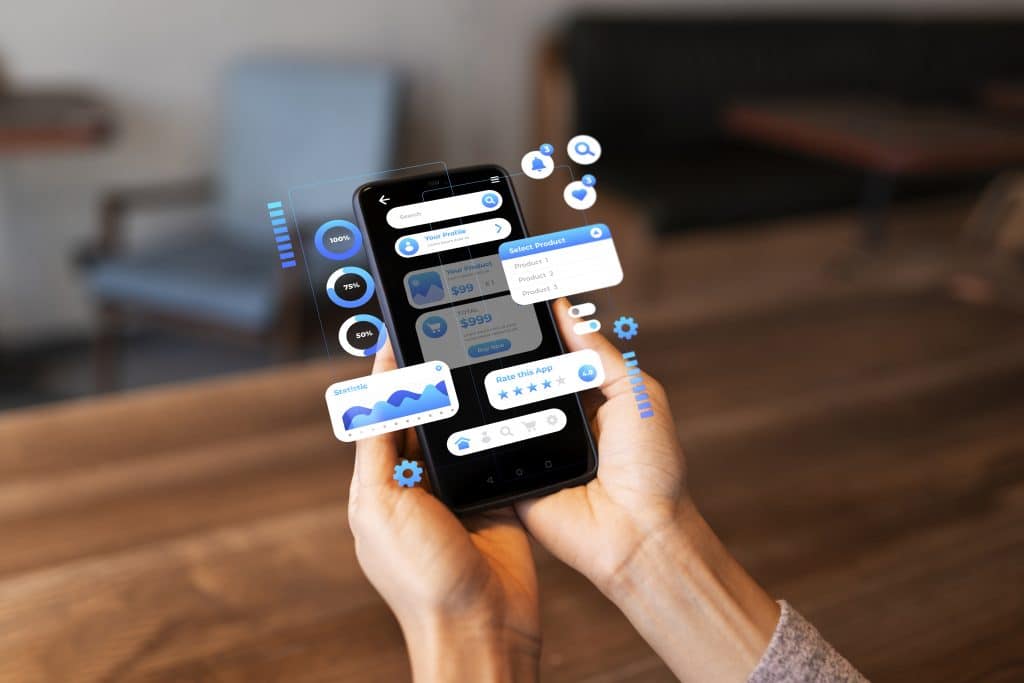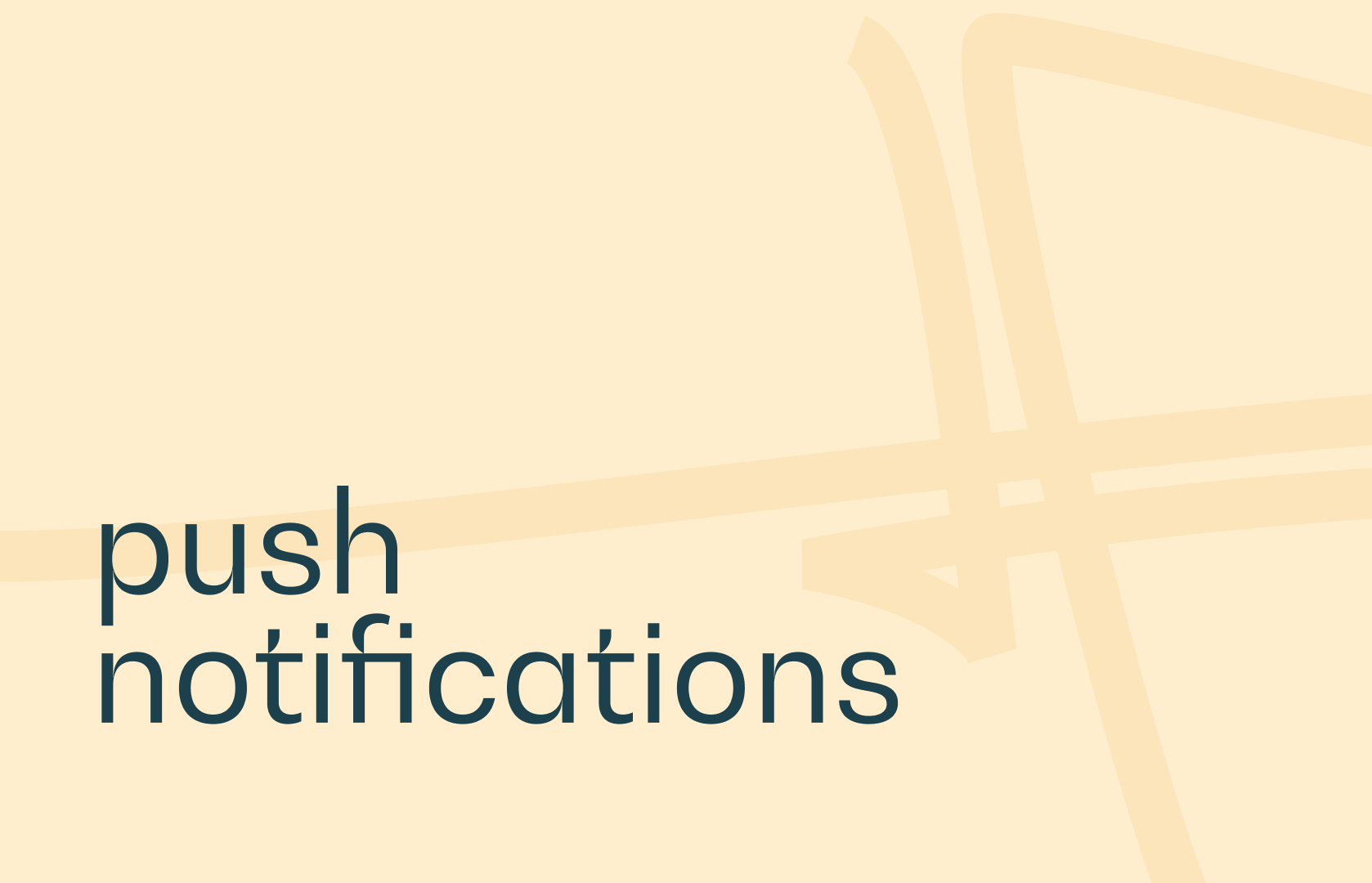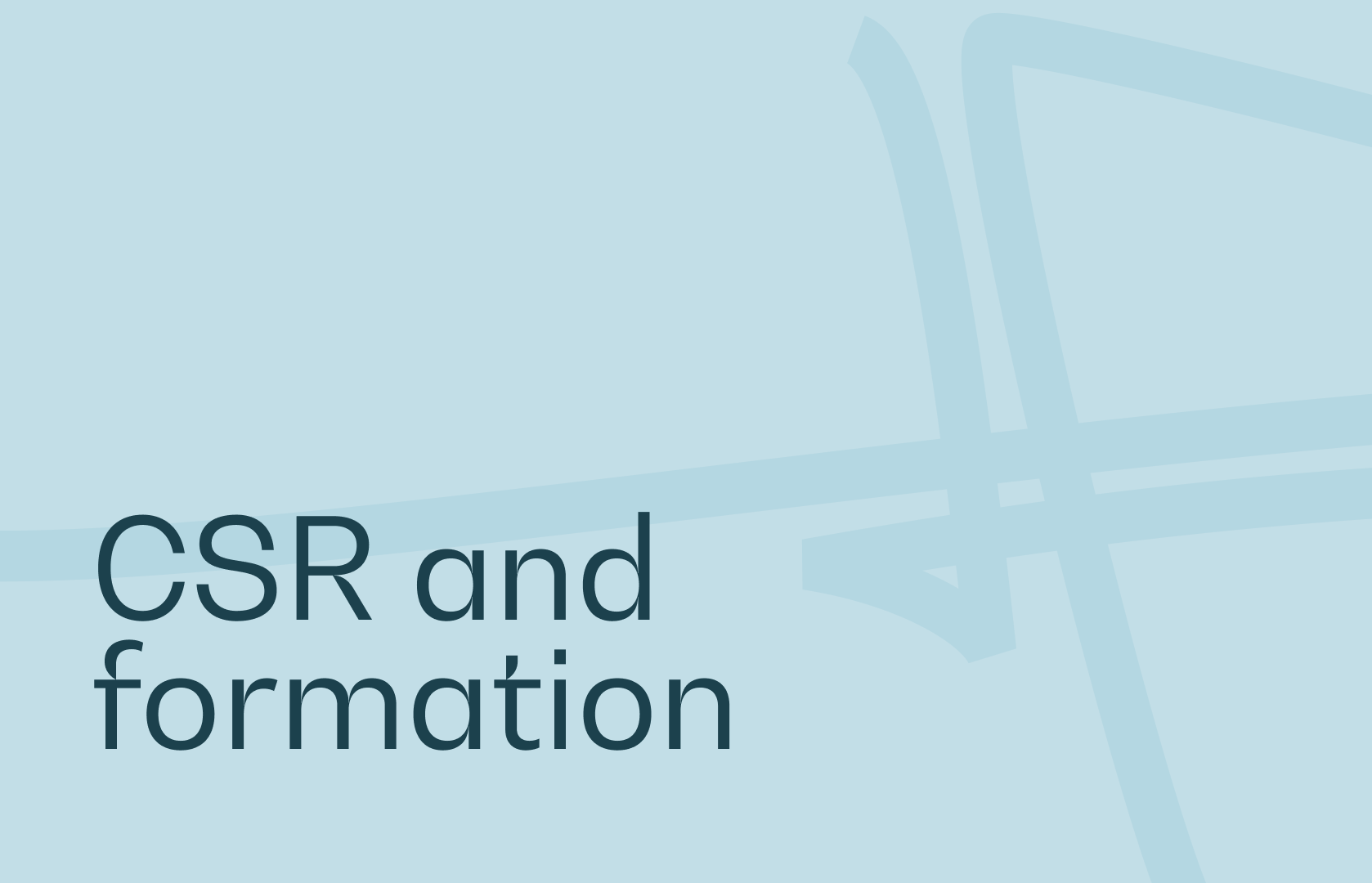You just sent a crucial email about a schedule change to 500 students. Deep down, you know it: a significant portion of these students will never read it in time, which will inevitably lead to confusion and frustration on the big day. Does this scenario sound familiar? It’s normal. The era when email was the main student communication channel is coming to an end. Faced with information overload and plummeting open rates, stubbornly using this single channel means you risk talking into a void.
Fortunately, a much more effective solution, perfectly suited to the habits of new generations, is now emerging: the push notification. This article analyzes the reasons for email’s decline and demonstrates why push notifications, orchestrated through a dedicated application, are the future of communication with your students.

The observation: the slow decline of email in student communication
An student’s inbox in 2025 is a real battlefield of information. Your institutional email, no matter how important, has to compete with dozens of commercial promotions, social media notifications, spam, and personal messages. In this ambient “noise,” it’s increasingly difficult to capture attention.
Open rates for mass emails, even legitimate ones, are constantly dropping, as younger generations no longer consider email an instant communication channel. For quick information, their reflex is to turn to messaging apps, not an email inbox they sometimes check only once a day. The result is unfortunately tangible: missed information, stress for students who miss a deadline, and immense frustration for administrative services that have to manage the consequences.
The advent of push notifications: the power of direct and instant communication
What is a push notification? It’s simply that short, clickable alert message, sent by a mobile app, that appears directly on a smartphone’s lock or home screen. Its formidable effectiveness is based on a simple psychology. First, its visibility is maximal: it appears where the user’s main attention is, making it almost impossible to ignore.
Second, it’s perceived as a channel reserved for important information, which gives it a sense of urgency and relevance. Finally, the friction is minimal: a single click is enough to access the complete information in the app, without having to open software, search in a list of messages, or log in.

5 reasons why push notifications are superior to email for student communication
If we compare the two channels, the advantages of push notifications are overwhelming.
The first, and most obvious, reason is their unbeatable read rate. While the open rate of a mass email often struggles to exceed 30%, that of a push notification can easily reach 70-80%.
Second, it offers a dedicated and “noise-free” channel. The notification comes from your student app, in your institution’s colors. It is immediately identified as an official and reliable source, unlike an email lost among dozens of others.
Third, its immediacy makes it perfect for urgent information. A last-minute class cancellation, a room change, or a security alert can be communicated in seconds to all concerned parties.
Fourth, it offers a formidable targeting power. A good campus app allows you to send notifications to specific groups: only first-year students, only those registered for a particular event, or all members of a club. Communication thus becomes much more relevant.
Finally, it is a great tool for inciting immediate action. A notification “Gala registration closes in 1 hour!” will have a much stronger impact than an email that might be read the next day, when it’s too late.
How to use push notifications effectively (and not become spam)
With great power comes great responsibility. For push notifications to remain effective, they must be used intelligently. The golden rule is relevance above all else. Reserve this channel for truly important, urgent, or high-value-added information so you don’t wear out your audience. Conciseness is key: the message must be short and impactful; the essential must be understood at a glance. Also, think about the right timing, avoiding, except in absolute emergencies, sending notifications late at night or on weekends.
Don’t forget that the notification is the “speaker” that gives the alert; the detailed information must be in the news feed or calendar of your campus app, to which the notification should redirect.

Conclusion: take back control of your student communication
Faced with the phenomenon of unread emails and missed information, stubbornly using email as the main channel for mass communication is becoming less and less viable. Push notifications, orchestrated through a dedicated campus app, are now the king channel for modern, targeted, respectful, and above all, terribly effective student communication. Adopting this tool isn’t just about modernizing your communication. It’s about respecting your students’ time and attention by ensuring they receive the right information, at the right time, on the device they use the most.
Stop sending messages into a void. Discover how the Campus App by Edusign and its push notifications can transform your student engagement. Request a demo.





